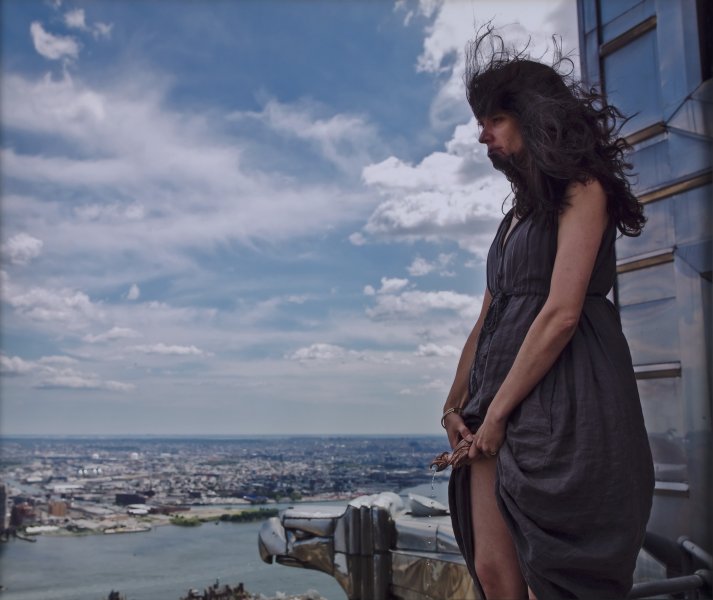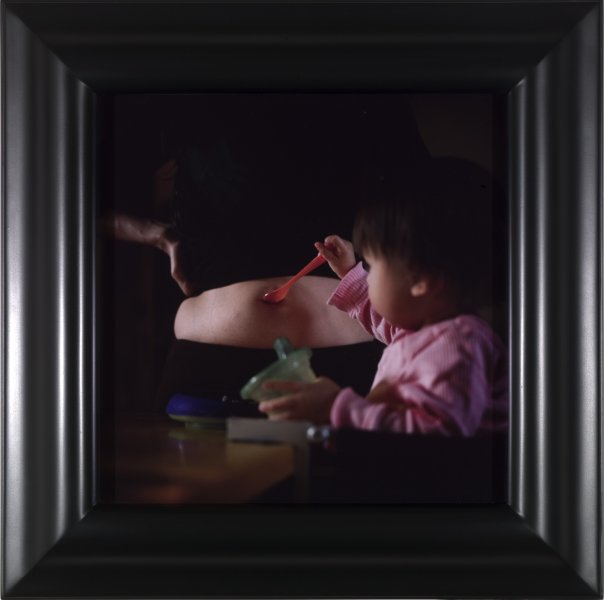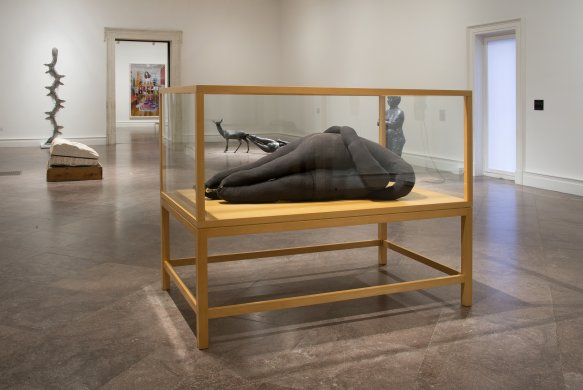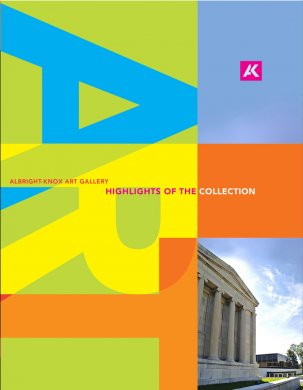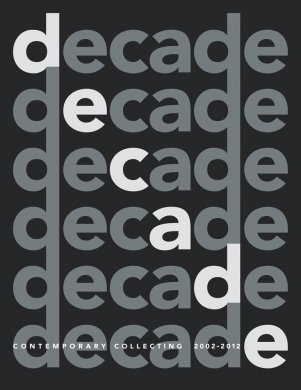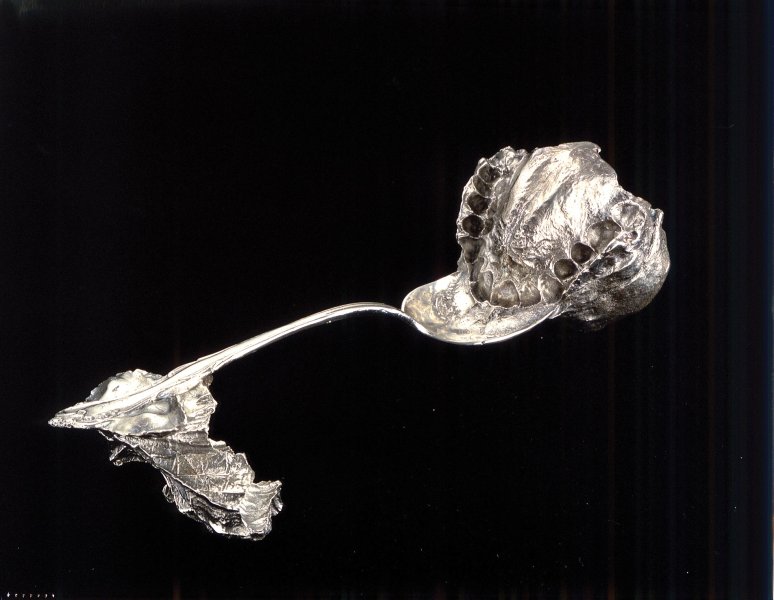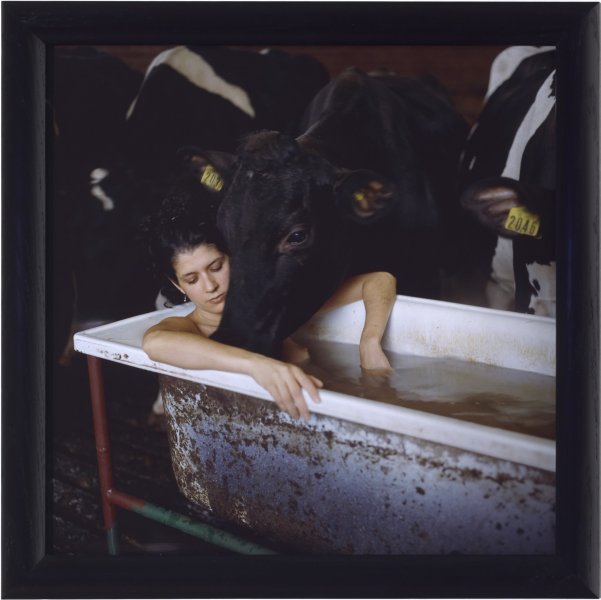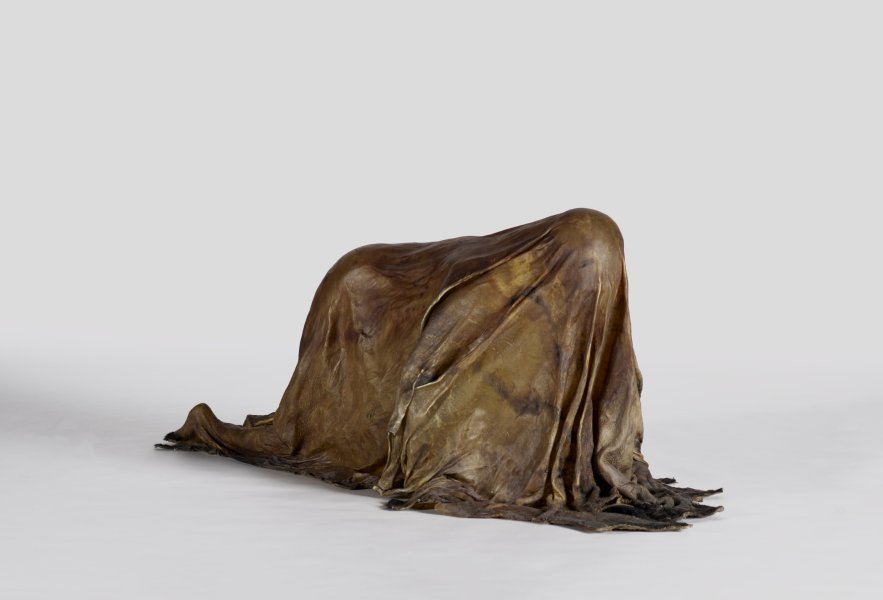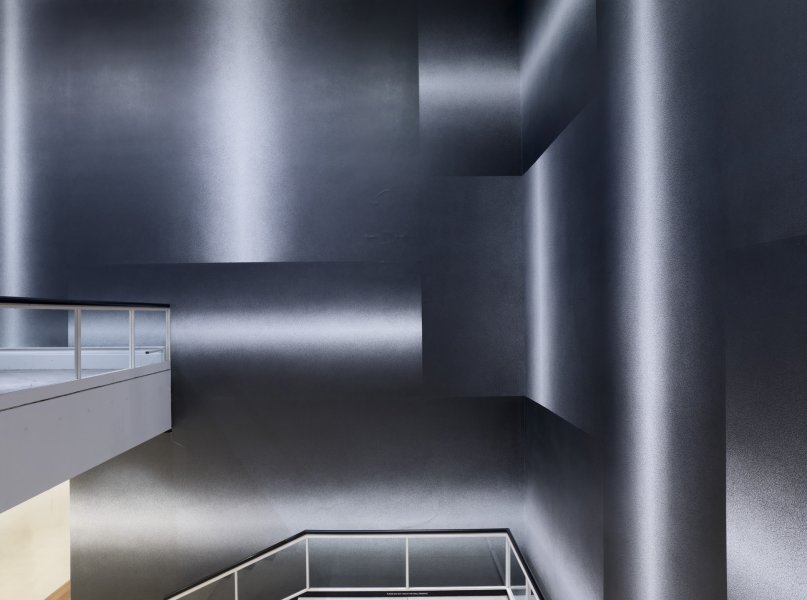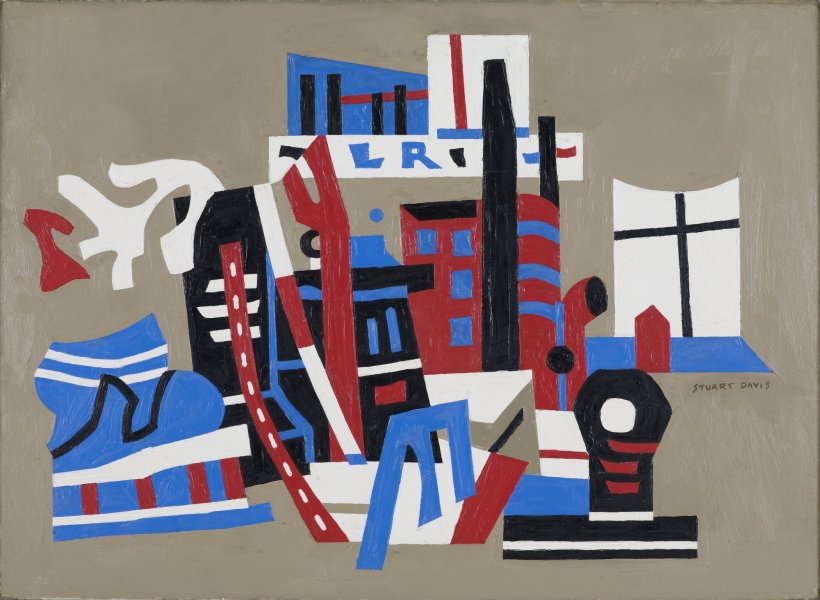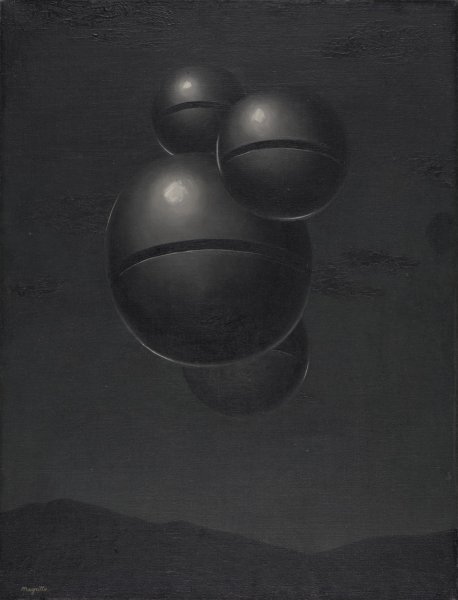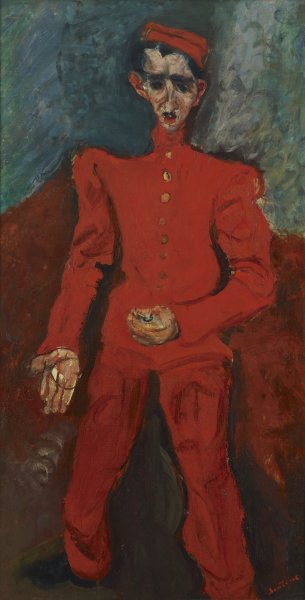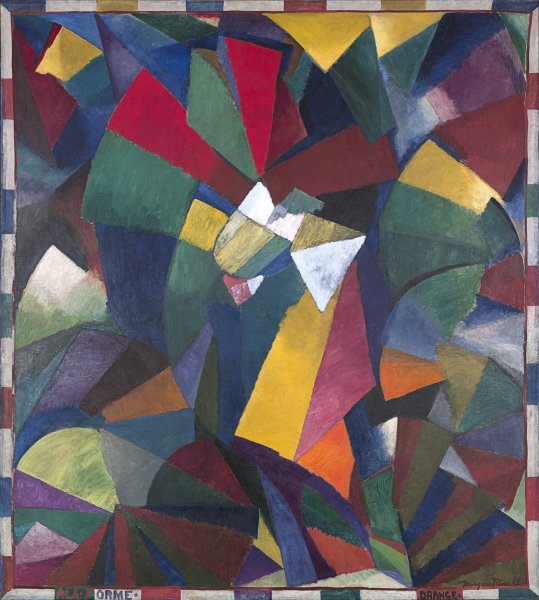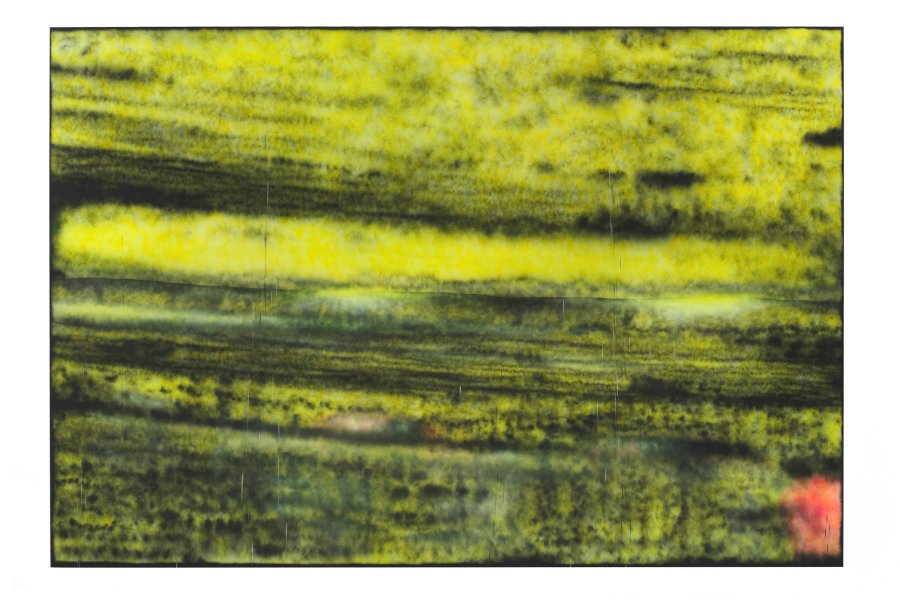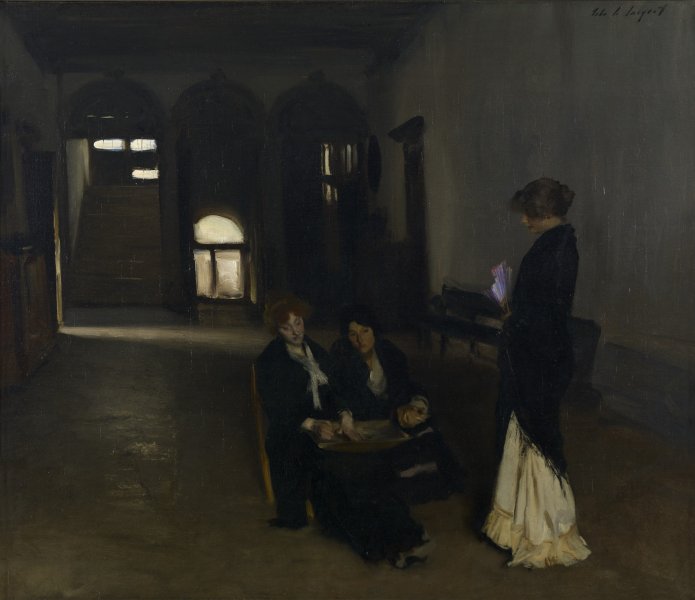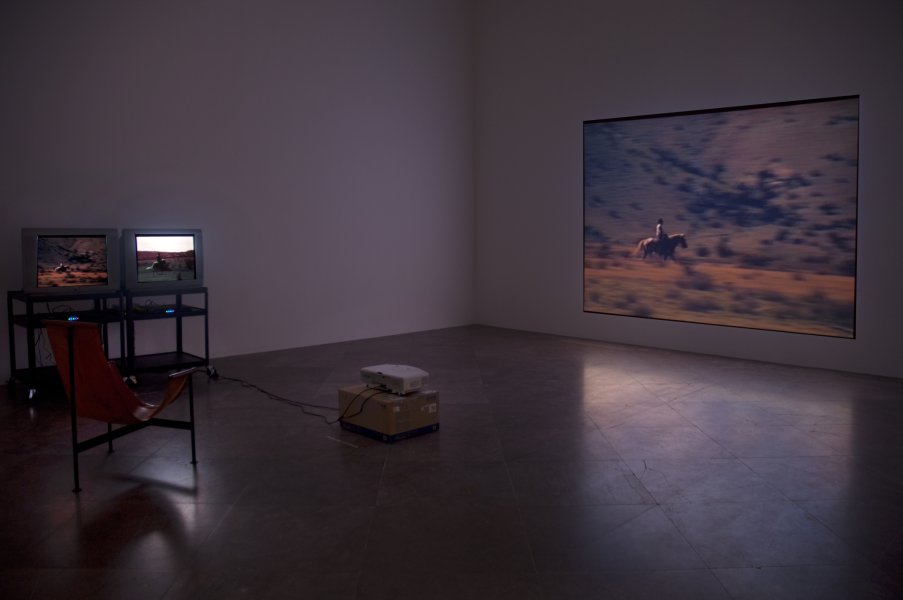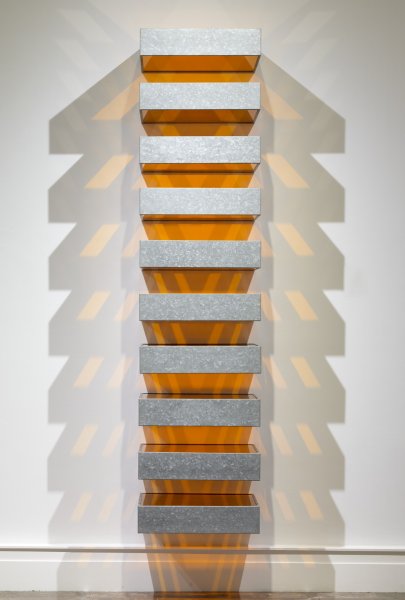Janine Antoni
Bahamian, born 1964
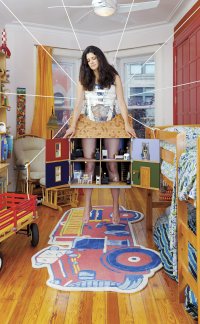
Janine Antoni (Bahamian, born 1964). Inhabit, 2009. Digital chromogenic color print, edition: 2/3 plus 2 artist's proofs, 116 1/2 x 72 inches (296 x 183 cm). Collection Albright-Knox Art Gallery, Buffalo, New York; Charles Clifton Fund, 2010 (P2010:5). © Janine Antoni. Image courtesy of the artist and Luhring Augustine. New York.
Inhabit, 2009
Artwork Details
Materials
digital chromogenic color print
Edition:
2/3 plus 2 artist's proofs
Measurements
sheet: 116 1/2 x 72 inches (295.91 x 182.88 cm); image area: 116 1/2 x 72 inches (295.91 x 182.88 cm); framed: 119 11/16 x 75 1/8 x 3 inches (304.01 x 190.82 x 7.62 cm)
Collection Buffalo AKG Art Museum
Credit
Charles Clifton Fund, 2010
Accession ID
P2010:5
Janine Antoni’s life-size photograph Inhabit explores her relationship with her family and the mystery of her role as mother. Staged in her daughter’s bedroom, the photograph shows Antoni suspended in a harness, her legs intersecting with a fully furnished doll’s house. Upon closer inspection, we see that a spider has taken up residence in the kitchen. This complex image is a composite of 160 individual photographs. Of the genesis of the work, Antoni states, “It came to me first as a very simple image. I imagined that a spider had created its web between my legs . . . from the beginning I equated the spider and its web with my daughter, and myself, the mother, with the support structure. Suddenly I thought of turning the spider's cage into a doll's house, as a way of incorporating the spider into the photograph. I now have an image that is a web within a web, a house within a house.”
The image resonates with Frida Kahlo's self-portrait Broken Column, in which the artist depicts herself in a back brace, the consequence of a bus accident she suffered at the age of 17. While Kahlo's imagery was an influence for Antoni in creating Inhabit, another art-historical reference was at the forefront of her creative process: Piero della Francesca’s Madonna della Misericordia (The Virgin of Mercy), which depicts the painting’s subject welcoming and enveloping her followers into her mantle, a space that “resembles the apse of a church,” according to Antoni. About the relationship between the two works, she states, “In my mind it is no leap to imagine the womb as primordial architecture. I'm structured so that I have room for another to dwell inside me: a quintessentially female experience. I was also thinking about the dollhouse, with its open wings, in relation to the design of religious altarpieces, which can mirror church architecture.”
Label from One Another: Spiderlike, I Spin Mirrors, March 7–June 1, 2014
